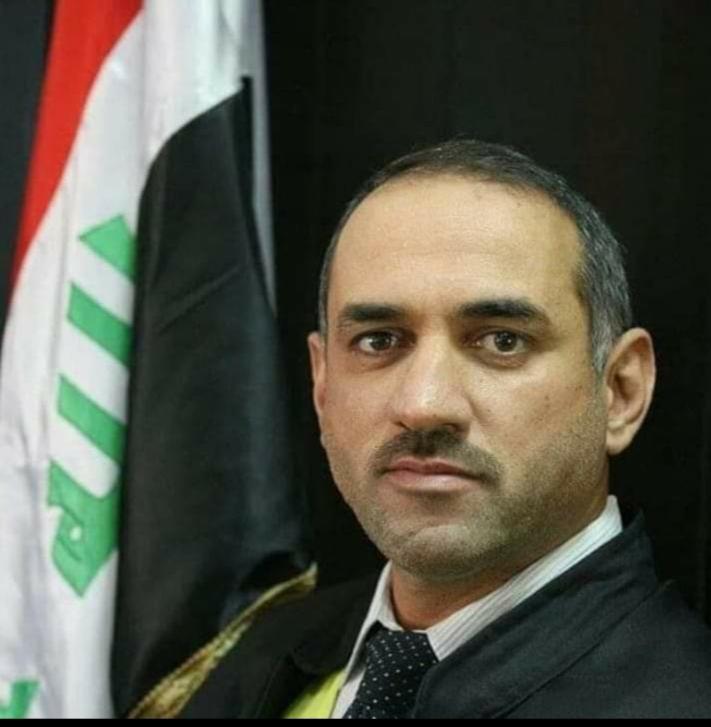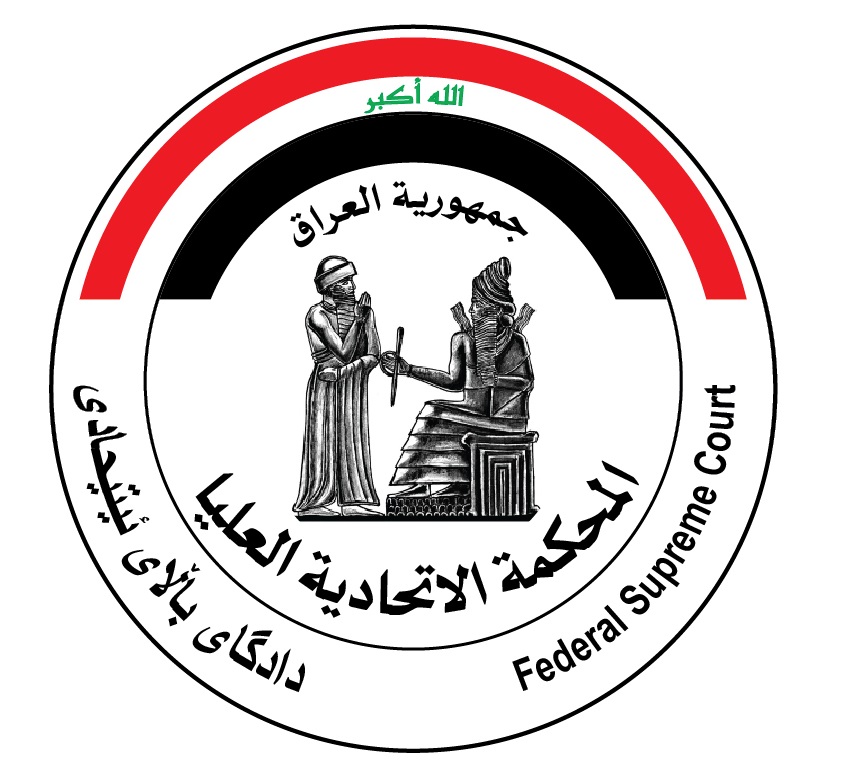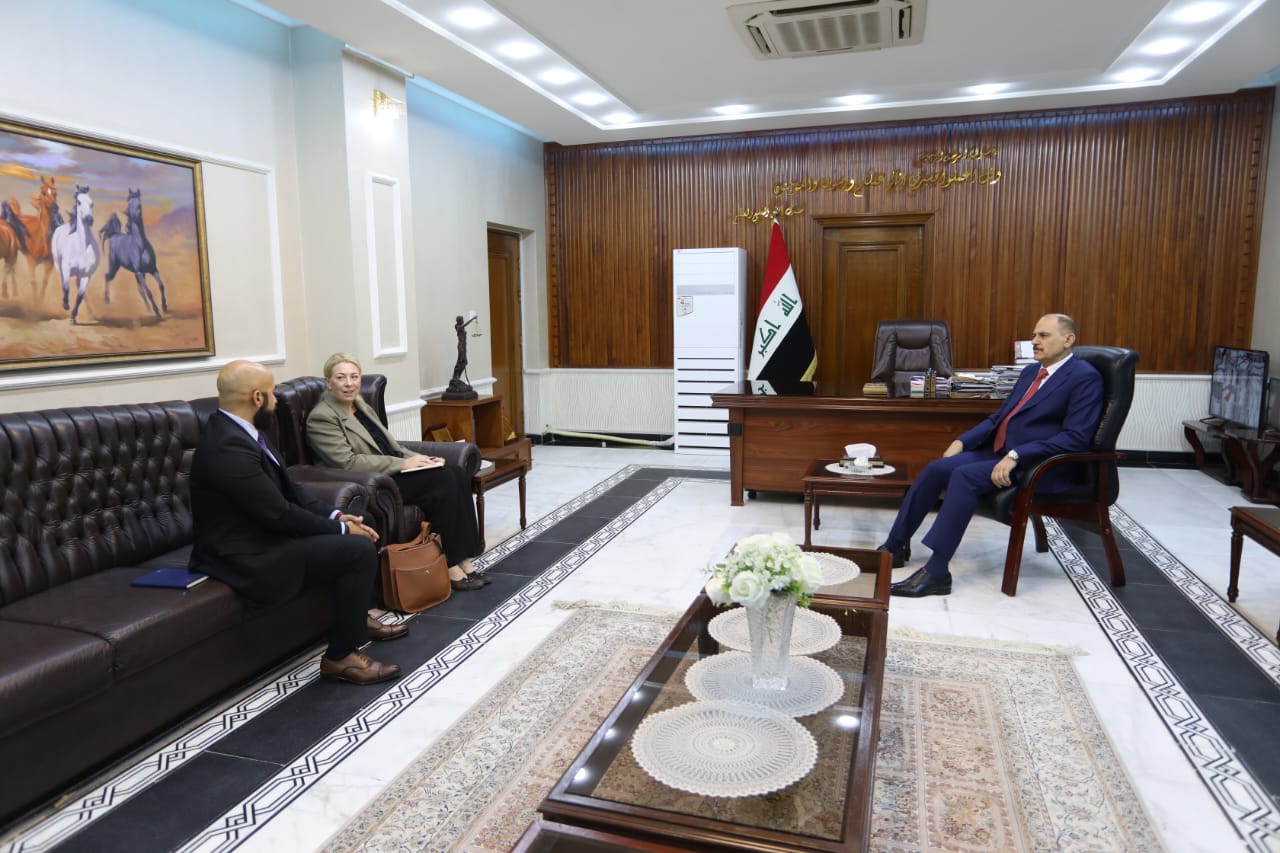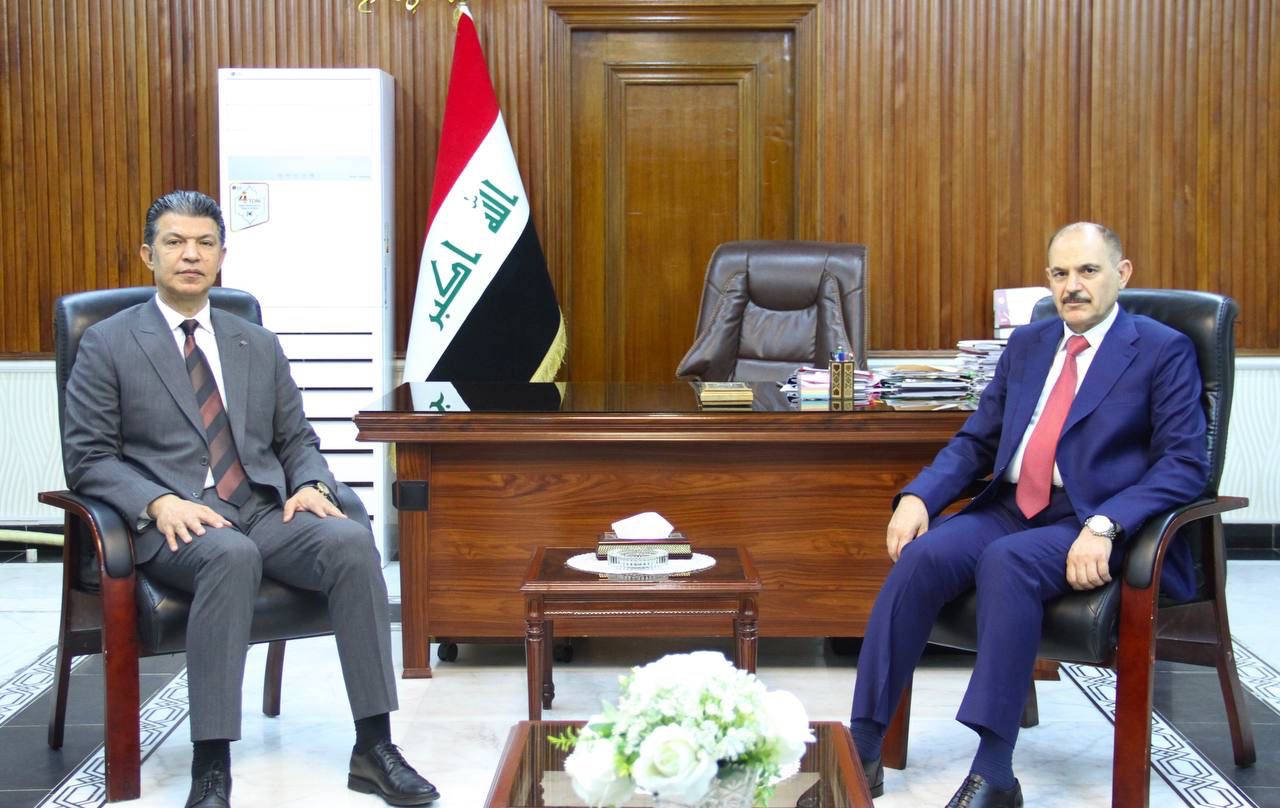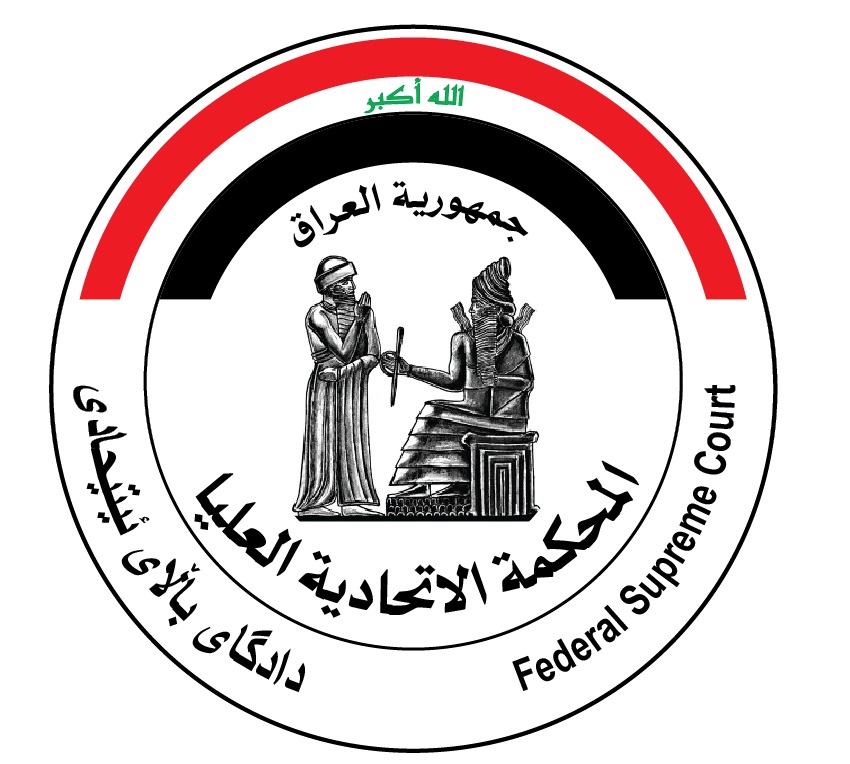
Protecting the constitutional judiciary the right to creativity
Dr. Ali Hadi Attia Al Hilali / Dean of the College of Law - Baghdad University
The Constitution of the Republic of Iraq 2005 guaranteed the "right to creativity" (1), which calls for defining the duty of the Federal Supreme Court to protect it, but this requires an approach to the duty of the Federal Court under the constitutional and legislative framework specified to it on the one hand, by the duty of the Supreme Constitutional Court of Egypt and its constitutional and legislative framework, in particular that it indicated in its last ruling the scope of its protection of "creativity" and its constitutional basis and ruled that the law opposing "freedom of creativity" was unconstitutional (2).
"Creativity" in philosophers and linguists means: finding something unprecedented, i.e., that their creativity is meant to innovate, i.e., finding something out of nowhere, so creativity is an unprecedented new Etienne, and this accommodates several contents that may be: artistic, literary, scientific, ... etc.
However, if Egypt's Supreme Constitutional Court operates within the framework of the constitutional legislator's distinction between "freedom of innovation" and its guarantee within the "freedom of scientific research" on the one hand (3), and "freedom of artistic and literary creativity" and its guarantee within the "arts and literature" on the other. 4) The meaning, scope and purpose of innovation are separated from the meaning, scope and purpose of creativity, but the Federal Supreme Court of Iraq faces a different constitutional position by integrating the constitutional legislator "creativity and innovation" and ensuring them within the framework of "scientific research" within the framework of the right In education, as well as not unique "artistic and literary creativity" in an independent text, which makes the judicial effort of the Federal Court more difficult in its efforts to ensure the "right to creativity" in all aspects of life without stopping the limits of creativity in the field of scientific research.
As a result, if Egypt's Supreme Constitutional Court is not obliged to decide: the unconstitutionality of the punishment allocated to those who engage in artistic work without a license, to adopt a mechanism for branching out rights and freedoms by describing freedom of artistic creativity as a branch of freedom of expression and a manifestation of its manifestations, the performance of this branch distracts from the constitutional text that guarantees freedom of artistic and literary creativity "expressly", but the work of the Federal Supreme Court in the face of legislative texts that show freedom of creativity "truth or phenomenon" It will be a difficult work of inference, especially since it will have to adopt the mechanism of branching out constitutional rights and freedoms because it will rely on general constitutional texts that call for the search for allocations, or absolute texts that call for the search for restrictions, because the constitutional legislator tends to ensure "creativity" as it described as a right when decided in the second section devoted to economic, social and cultural rights within chapter 1 "Rights", which means that the state decides on positive duties, i.e., to take a set of programs, supplies and environment that help to create conditions of creativity, as well as negative duties on them, i.e., its commitment to leave the spaces to help creativity and to move away from its authority by criminalization and punishment in the space required for it, i.e., The scope of ensuring the Constitution for "creativity" accommodates all the consequences of the report of the Constitutional Document of Rights.
However, when the Federal Supreme Court considers a legislative duel of the constitutional text of the "right to creativity" that needs to be sought to seek the constitutional scope guaranteed to the right, its allocations and limitations, if the Federal Court confronts the legislative text to prevent the practice of art by non-members of the artists' union, and arranges the penalty of imprisonment and fine or one of them for violating this prohibition "for example", the court must investigate the extent to which such a provision violates the "right to creativity", particularly the right to artistic creativity on The diversity of its types, the constitutional foundations that guarantee its scope, and the constitutional restrictions that respond to it?
It may be said that the general term used explicitly in the Constitution is "creativity" and not allocated to a certain category of creativity "artistic", "literary", "scientific". Etc. is an indication that the constitutional legislator investigated the coverage of the word in general and did not seek to allocate it, or that he wanted to run the word on its release and did not pay attention to its adherence, but the use of the word within the guarantee of the right to education and scientific research calls for reluctance to agree on the coverage or release of the word in the word, since the positions of the choice of words in the constitutional document is an indication of its meaning, which requires that the Federal Court assign its orientation to other constitutional principles to strengthen conviction.
The Court may find that the "right of artistic and literary creativity", and other manifestations of creativity derives from other rights and freedoms expressed in the Constitution as derived from or branched from it or as a manifestation of its manifestation or means of exercise, the freedom to express opinion by all means in general for many other freedoms, notably "artistic and literary creativity" and others, since the expression of opinion may be through all artistic or literary means, and is limited only by the system. Public and morality as general restrictions limit freedom and regulate its exercise, so the prior authorization of creative artistic and literary work or punishment for their subjugation without a permit is ok to ensure the Constitution for them, especially if their constitutional support does not stand within the limits of the branching out of freedom of expression by all means but also to other constitutional grounds.
But although the Federal Court can reach the constitutional grounds "explicit and implicit mentioned above to ensure the "right or freedom of artistic and literary creativity" and decide the constitutionality of legislation that reflects the essence of this freedom or this right, it still needs to define the duties of the State towards them, should the State simply allow them without punitive hindrance, or should it take a set of measures and provide the necessary requirements in creating a climate of artistic and literary creativity?
The role of the constitutional courts in general and the Federal Court in particular in determining the right to creativity and protecting it from the most unfortunate legislator stems from the broader role of the world's supreme courts to protect public freedoms, support the progress sought by states, keep up with the variables, provide opportunities for creators to move states from underdevelopment to a state of backwardness to a state of progress and prosperity, strengthen culture and accelerate development, but artistic and literary creativity may be a source of state funding and improvement Its financial situation, especially if creative work is productive and marketed to the world with well-established marketing plans, the role of constitutional courts is therefore a supporting role for states' efforts to improve their financial position.
Creative work may also be linked to the efforts of states to improve their leading role in all creative fields, which makes them at the forefront of countries seeking the same purposes, requiring constitutional courts to support plans in policy-making that regulate, plan and implement policies that advance the reality of states to move them from one situation to another within the world.
((1)) {Article/ 34-III of the 2005 Constitution}
(2)) {Judgment in the case No. 66 of 31st Constitutional Judicial of 28/8/2021}
(3)) {Article/66 of the 2014 Constitution}
(4)) {Article/67 of the 2014 Constitution}
(5)) {Article 34/3rd of the 2005 Constitution}
(6)) {Judgment in the case No. 66 of 31st Constitutional Judicial of 28/8/2021}
(7)) {Articles /36 and 37 of the Iraqi Artists Syndicate Law No. 129 of 1969 amended in force}
((8)) {Articles 2- First - Beh, Jim, 35, 46, 50, etc.}.
